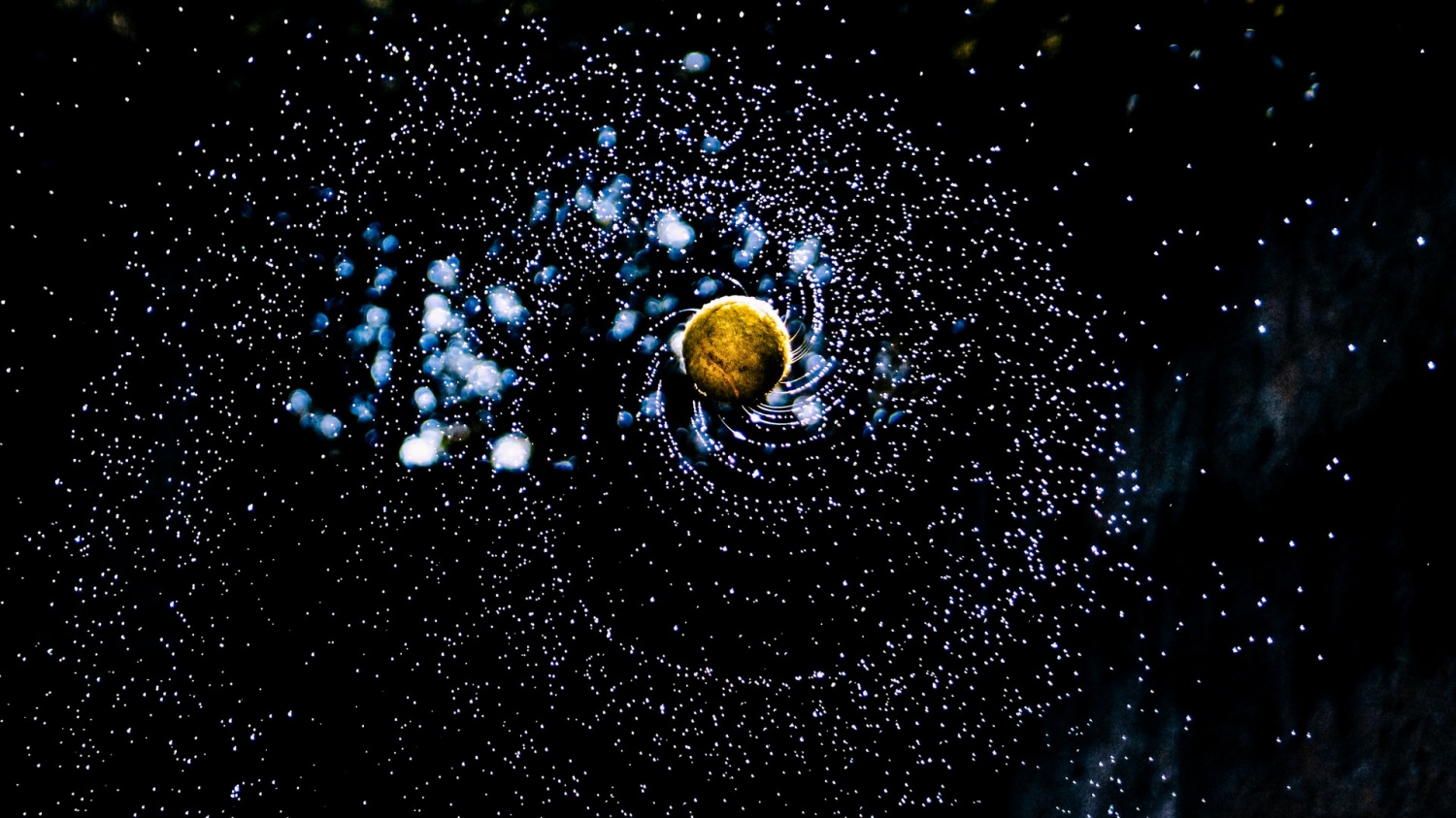
A new baby exoplanet was just spotted 400 light-years away and is now making its way into the Universe! The young exoplanet is now named 2M0437b.
Baby Exoplanet Spotted
This, however, is not as unusual as it might seem since there have already been thousands of exoplanets detected, as seen on the exoplanet archive. Exoplanets are planets that are spotted outside of the Solar System.
According to ScienceAlert, presumably they all also had to be newborn at a specific point as well. What makes this particular exoplanet very special is because astronomers were able to take a picture of it which is quite rare.
Meet 2M0437b
The exoplanet is named 2M0437b and is known as one of the youngest exoplanets for which now has a direct image obtained. This could reportedly give a new window into the whole planet formation process. This in turn could also help people understand how the whole Solar System was born and how it evolved.
Astronomer Eric Gaidos coming from the University of Hawaii at Manoa noted that this serendipitous discovery now adds to a whole elite list of planets that can be directly observed through the use of their telescope. It was noted that through analyzing the light coming from this planet, they can say something regarding its comparison.
Long-Vanished Disk of Gas
This also includes where as well as how it formed in quite a long-vanished disk of gas as well as dust all around its host star. As of the moment, there are currently some very excellent reasons that it is hard to get direct images of exoplanets.
Compared to other stars in orbit, exoplanets are actually very small and also dim. This means they are usually way too faint in order to be seen with the current telescope technology. The exoplanet 2M0437b, however, is quite large. Keck Observatory was said to spend three years trying to track the 2M0437b until evidence finally showed that it was a real planet.
Read Also: Light Speed Travel: Here's Why That Is A VERY BAD IDEA
Heating Up to 2,240 Fahrenheit
It is, however, quite far compared to its host star, the 2M0437. The distance is about 100 astronomical units (Pluto is about 40 astronomical units far from the Sun). Quite usually, exoplanets that are that distant from their own star are way too cool in order to give off infrared radiation.
Due to the baby exoplanet being just a few million years old, it was noted that the baby exoplanet remains relatively warm due to the intense planetary formation process. This is noted to be around 1,127 up to 1,227 Celsius or 2,060 to 2,240 Fahrenheit.
This reportedly means that it would glow quite faintly in the infrared. This is enough to be seen at a whopping distance of 417 light-years away. It was initially spotted in 2018 through the Subaru Telescope in Hawaii. Researchers are proposing a "pulverize it" method for smashing asteroids that could be a threat to the earth with possible explosives being nuclear in type.
Related Article: NASA Contest Wants Kids to Design Robot That Digs Moon's Soil-How to Join Lunabotics Junior
This article is owned by Tech Times
Written by Urian B.









